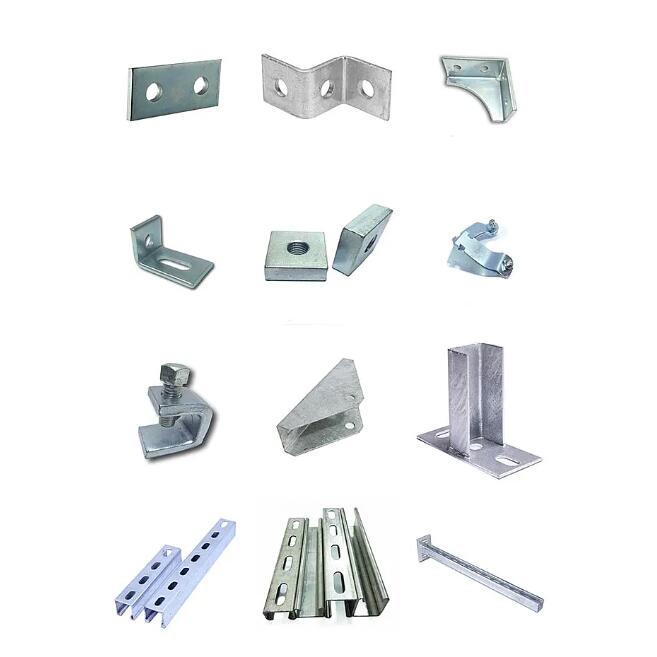Demystifying the Metal Stamping Process for Steel Components
2024-03-13
Metal stamping is a versatile and efficient manufacturing process used to produce a wide range of components across various industries. When it comes to manufacturing steel components, metal stamping emerges as a preferred method due to its cost-effectiveness, precision, and ability to handle high-volume production. In this blog, we'll take a closer look at the metal stamping process for steel components, from design to finished product.
Understanding Metal Stamping:
Metal stamping is a process where flat sheets or coils of metal are formed into desired shapes using specialized tooling and stamping presses. It involves a series of sequential operations, including blanking, piercing, bending, forming, and drawing, to transform raw materials into finished components with precise dimensions and features.
Step-by-Step Process:
1. Design and Tooling Preparation:
The metal stamping process begins with the design of the component and the preparation of tooling, including dies, punches, and other necessary equipment. Tooling is designed to impart the desired shape and features onto the steel material during stamping.
2. Material Selection and Feeding:
Steel sheets or coils, typically in the form of strips or rolls, are selected based on the component's specifications and material requirements. The steel material is then fed into the stamping press, where it undergoes a series of operations.
3. Blanking:
Blanking is the first operation in metal stamping, where a flat sheet or coil of steel is cut into the desired shape and size, known as a blank. This process is typically performed using a punch and die set, which cleanly shears the material to create the blank.
4. Piercing and Forming:
Piercing involves creating holes or apertures in the blank using specialized punches and dies. Forming operations then shape the blank into the desired configuration, such as bending, folding, or drawing, to achieve the final geometry of the component.
5. Drawing (if applicable):
Drawing is a forming operation used to stretch and shape the steel material into complex, three-dimensional shapes, such as cups, shells, or enclosures. This process involves pulling the material through a die cavity using a punch to achieve the desired shape.
6. Secondary Operations (if necessary):
Depending on the complexity of the component and its design requirements, secondary operations such as trimming, hole tapping, surface finishing, and assembly may be performed after stamping to complete the manufacturing process.
7. Quality Control and Inspection:
Throughout the stamping process, quality control measures are implemented to ensure the dimensional accuracy, surface finish, and integrity of the finished components. Inspection techniques such as dimensional measurement, visual inspection, and material testing are employed to verify conformance to specifications.
8. Packaging and Shipping:
Once the steel components have undergone inspection and quality assurance checks, they are packaged according to customer requirements and prepared for shipping or delivery to end-users or assembly facilities.
Benefits of Metal Stamping for Steel Components:
Metal stamping offers several advantages for manufacturing steel components, including:
- Cost-effectiveness: High-volume production runs result in lower per-part costs.
- Precision and accuracy: Tight tolerances and consistent quality are achievable.
- Versatility: Can accommodate a wide range of part geometries and complexities.
- Efficiency: Rapid production speeds and minimal material waste optimize manufacturing efficiency.
- Scalability: Easily scalable to meet varying production demands.
Conclusion:
The metal stamping process for steel components is a highly efficient and versatile manufacturing method that offers numerous benefits in terms of cost-effectiveness, precision, and scalability. By leveraging advanced tooling and stamping technologies, manufacturers can produce high-quality steel components with complex geometries and tight tolerances, meeting the diverse needs of industries ranging from automotive and aerospace to electronics and appliances. As a cornerstone of modern manufacturing, metal stamping continues to drive innovation and excellence in the production of steel components worldwide.



